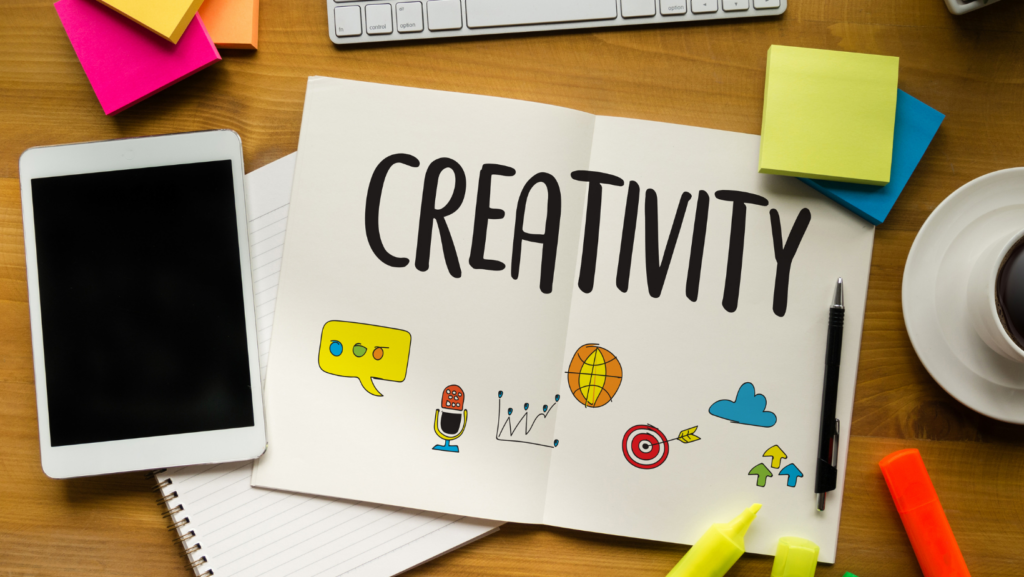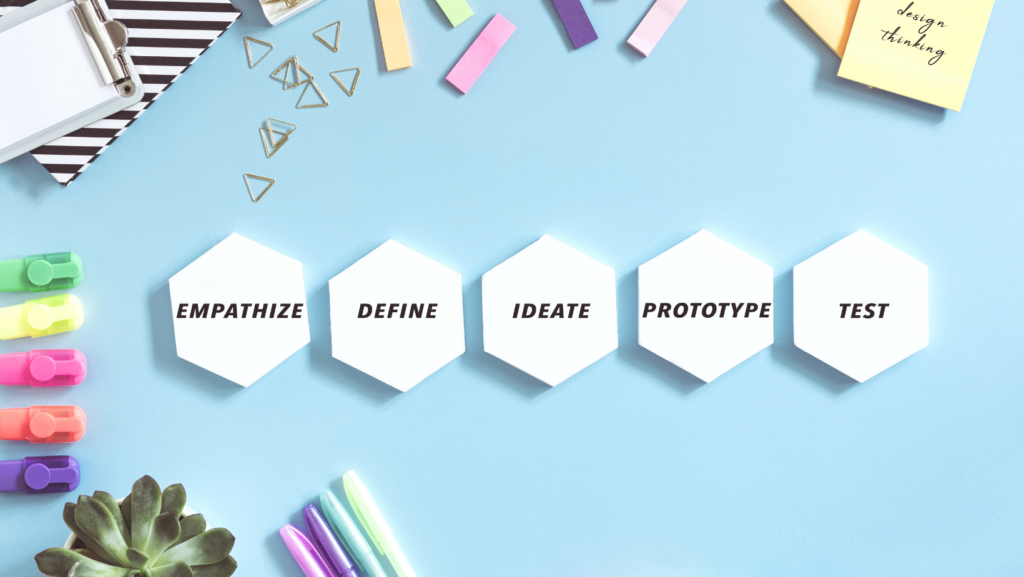Every masterpiece begins with a single stroke, and in the world of design, it’s no different. The creative design process is that initial stroke, a vital catalyst that brings ideas to life. It’s the secret sauce that turns a simple concept into a visual spectacle, a journey that transforms abstract thoughts into tangible realities.
This process isn’t just about creating visually appealing designs, it’s about problem-solving and innovation. It’s about understanding the needs of the audience and crafting designs that not only catch the eye but also resonate with the viewer. So, let’s delve deeper into the fascinating world of the creative design process and uncover the magic behind the masterpiece.
Creative Design Process

A journey into the creative design process unveils its intricacy, merging the realities of tangible designs with the abstract. This section delves into what the creative design process entails and its importance in business.
The creative design process represents a strategic method that professionals utilize in shaping abstract notions into definitive designs. Initially, it’s an outpouring of ideas, unrestricted and unrefined. Through succeeding stages, invisible ideas exhibit a more visible presence, harkening to an artist unveiling a masterpiece. This journey from abstraction to actuality constitutes the core of the creative design process.
Tools and Techniques in the Creative Design Process
The creative design process employs an array of tools and techniques. These encompass not only brainstorming methods and design sketching, but also technology tools that streamline the process.
Brainstorming Methods
Brainstorming acts as a catalyst, sparking creativity and initiating the outpour of unrestricted ideas. Using various methods such as mind mapping, SWOT analysis, or the SCAMPER technique, brainstorming often encourages idea generation. For instance, a mind map helps visualize relationships between concepts, promoting a comprehensive understanding of the problem at hand. On the other hand, a SWOT analysis allows designers to evaluate the Strengths, Weaknesses, Opportunities, and Threats of their ideas, fostering a holistic evaluation process.
Design Sketching

Design sketching, the act of visually representing concepts, plays an integral role in the creative design process. Concepts, once merely abstract ideas, acquire a tangible form through sketches. For example, product designers sketch prototype designs, enabling them to visualize potential products. This practical technique aids in conceptual development, facilitating the progression of ideas from initial sketches to refined designs.
Technology Tools in Creative Design
Technology tools have revolutionized the creative design process. Software such as Adobe Photoshop, Illustrator, and Sketch form the designer’s toolkit, providing a digital platform for design realization. For instance, Illustrator’s vector-based approach is ideal for creating logos and icons. Meanwhile, modern tools like virtual reality systems redefine the boundaries of design, allowing designers to immerse themselves completely in their creations. As the design field evolves, technology plays a crucial role in expanding designers’ capabilities and introducing innovative possibilities to the creative process.
Tips to Enhance the Creative Design Process

Enhancing the creative design process involves a sequence of strategic actions. Adding value to this process can translate into ground-breaking solutions and outstanding designs.
Collaboration plays a pivotal role in refining and manifesting abstract ideas into substantial designs. By combining different perspectives, experiences, and knowledge bases, designers can articulate more user-focused solutions. For instance, a team at Spotify developed the “Discover Weekly” playlist, a feature that was a direct product of collaboration among designers, developers, and user experience specialists.
Integrating Technology
Integrating technology is a crucial element of an optimized creative process design. Software tools such as Adobe Photoshop and Illustrator offer designers a platform to visualize, modify, and refine their concepts with unprecedented flexibility and precision. Also, modern technology like virtual reality systems are revolutionizing design processes, opening up new avenues for design innovation.
Continuous Learning and Skill Improvement
Expanding one’s skill set and staying updated with the latest industry trends significantly enhance the creative design process. Designers thrive on expanding their knowledge through continuous learning and adapting to new techniques and tools. For example, mastering new design software, staying updated with design trends, and understanding evolving consumer behavior can result in designs that not only resonate with audiences but also stand the test of time.



